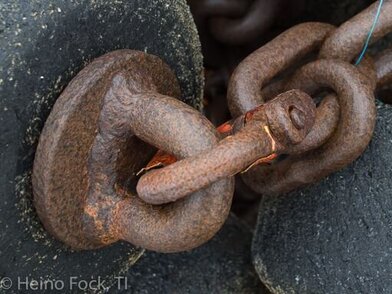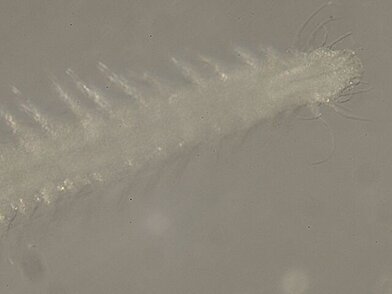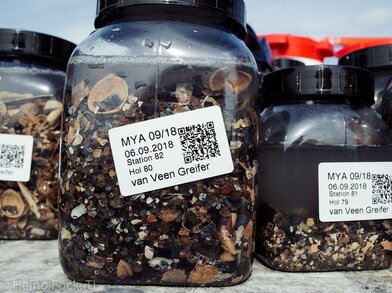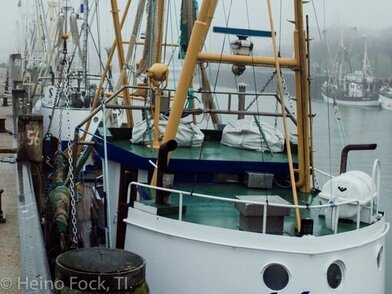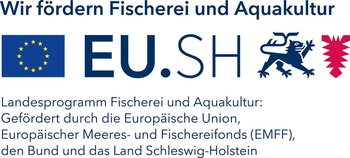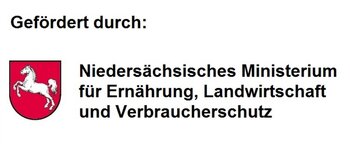Project
Impact of brown shrimp fishery on benthic habitats (CRANIMPACT)

Impacts of shrimp fisheries on habitats and communities in the coastal seas of the Federal States of Schleswig-Holstein, Hamburg and Lower Saxony
Bottom contacting fishing is being criticised for destroying seafloor habitats. However, there is a broad range of combinations of fishing gears, habitats and associated ecosystems questioning whether such general statement holds true. Each possible combination of gear and habitat type will exhibit a different degree of impact or damage to seafloor integrity. Although the mechanisms how fishing impacts on seafloor integrity are well understood, results cannot easily be applied to specific regions and fishery – habitat combinations. Each and every benthic habitat and associated ecosystem is unique, so that for a reliable evaluation of fishing impacts, the specific combination of habitat and fishery needs to be assessed. CRANIMPACT will specifically address the brown shrimp fishery in the Southern North Sea for a re-evaluation of their impacts on seafloor integrity of the Wadden Sea National Park. A combination of experimental fisheries and historic data will form the basis for the analyses.
Background and Objective
Since the foundation of the Wadden Sea National Parks of Schleswig-Holstein and Lower Saxony in 1986, the impact of fisheries on the Wadden Sea ecosystem has been a matter of debate. This was partly reflected in the wording of respective legislation stating that on the one hand commercial fisheries was permitted but on the other, that fisheries had to adhere to the principles of the national parks. An ecosystem research project for the Wadden Sea 1989 to1996 was intended to provide scientific data for an efficient management of the Wadden Sea, however, the Ministerial Declaration of Tønder 2014 refuelled the discussion on ecosystem impacts of fisheries by introducing a 'Framework for Sustainable Fisheries'. One of the aims of the Ministerial Declaration was to facilitate stakeholder participation and dialogue in all 3 countries Denmark, Germany and The Netherlands in order to provide the same conditions for sustainable fisheries everywhere. New research techniques e.g. underwater-GPS-positioning and advanced hydro acoustics as well as satellite based assessments of fisheries coverage allow for a reappraisal of shrimp fisheries impacts after some 25 years.
Target Group
Science, policy makers and the public
Approach
The project follows two complementary approaches: Analyzing recent and historical composition of benthic communities along gradients of fishing intensity, and recovery of benthic communities and habitat structures after experimental fishing. For the first time, long-term unfished reference areas from the Danish Wadden Sea are included in the analysis. Next to biological impacts physical and morphological changes to seafloor integrity are studied. commercial shrimp fishing boats as well as smaller research vessels specialised in shallow water research will be used for sea sampling and carrying out the experimental work. Research areas will span from “Lister Tief” north of Sylt island close to the Danish border to “Blaue Balje” in the southern part of the German Wadden Sea off Lower Saxony.
Next to practical work at sea time series data on benthic communities as well as satellite data from the vessel monitoring system for fisheries (VMS) will be analysed to include the long-term adaptation of the benthic communities to fisheries into the evaluation of fishing impacts. Benthos analyses will specifically address ecosystem functioning and ecosystem services. Investigations of historic changes in the Wadden Sea have shown that biological traits analyses is especially well suited to study and understand fundamental changes in biological systems.
Results of the project will provide the scientific basis for implementation of measures and long term management plans for the coastal brown-shrimp fishery, as e.g. demanded for ecolabeling the fishery by Marine Stewardship Council (MSC). Moreover, our results will help to objectify the discussion between nature conservation and fisheries about achieving conservation goals of the Wadden Sea National Park substantially.
Data and Methods
Short-term and small scale effects were investigated in an experimental design in two tidal channel systems, one off Sylt in Schleswig-Holstein and the other off Norderney in Lower Saxony. Experiments were carried out as before-after-control-impact experiments (BACI) in sandy subtidal habitats comprising fine to medium graned sands with superficial ripple structures.
Long-term effects were investigated by means of a correlative gradient analysis comprising 28 stations from Lower Saxony, Schleswig-Holstein and Denmark. The latter were unfished since 1977 consituting our reference sites for the analysis. The two habitat types inclued in the gradient analysis were sandy habitats as for the BACI experiments as well as fields covered by sand mason worm Lanice conchilega with a higher degree of fine sediments.
Investigations were carried on traditional subtidal fishing grounds representaive of about 95 % of subtidal habitat in the Wadden Sea. Especially vulnerable habitas were not included in the analysis and are usually unfished anyway.
A total of 427 grab samples and 52 dredge samples from 2019, 2020 and 2021 were analysed - and over 340 invertebrate species were evaluated.
Our Research Questions
- How does the brown-shrimp fishery with beam trawls in the southern North Sea impact different habitats (Lanice- areas, areas with sand bars) ?
- What characterizes a long-term unfished area as compared to lightly and more frequently fished areas?
- How can natural disturbance and fisheries impacts be combined in a joint assessment ?
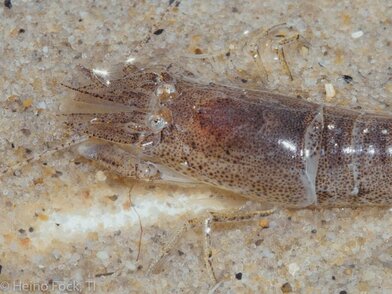
Results
The community structure of the areas for the BACI experiments (= Before-After-Control-Impact-Studies) was characterised by a high spatial-temporal variability, which led to significant differences between control and disturbed areas for the sediment-dwelling species even before the start of the experiment and made the detection of fishery effects difficult. Nevertheless, significant fishing effects could be detected for individual species of both the sediment-dwelling (= endofauna) and the sediment-dwelling animals (= epifauna). However, due to the distinctive small-scale variability, there was no statistical accumulation of significant results for the differences between disturbance and control.
In an experiment before List, the so-called "scavenger effect" - i.e. the immigration of epibenthic, scavenging species after the fishing disturbance - was also investigated. Such an over-compensation effect by food opportunists could not be proven. Where significant negative abundance or biomass effects occurred in the endofauna (caused by changes in Bathyporeia spp. or spionids, among others), the modelled effect duration was in the range of 12-20 days. These effects can thus be described as short-term. For less common, often sensitive or long-lived species, these calculations could not be made.
209 of the more than 340 invertebrate species evaluated were included in our gradient analysis.
Here, 2 main associations could be identified:
A Bathyporeia spp. association on fine and medium sands and a Lanice conchilega association in fine and medium sands with increased silt content. Within both associations, sub-associations could be identified, which could be differentiated by fishing intensity, among other factors. The statistical model could explain 22.6 % of the observed variance. Of this, 10.3 % was due to sediment composition (silt content) and 8.9 % to fishing intensity. The transition from unfished reference stations and stations with low fishing intensity to stations with high fishing intensity was about 1.5 overfishing per year and was characterised by the decrease of small species < 1 cm body size, while the abundance of larger, predatory species and thus also longevity increased.
The high similarity of the unfished stations with the low fishing intensity stations suggests that the endofauna is adapted to the high natural disturbance in the Wadden Sea and thus also resilient to low fishing intensity. At the high fishing intensity stations, the total biomass of the endofauna increased with fishing in both associations. A negative relationship between diversity and fishing intensity could not be found.
- Conclusions
In the entire overview of the experiments, no statistically significant accumulation of effects due to fishing disturbance could be measured, and where effects could be measured at the species level, the calculated effect duration was comparatively short, with a maximum of 20 days.
Consistent with these results, communities in the gradient analysis (GA) were found to be resilient to low fishing intensities and only changed at high fishing intensities. The former can be interpreted as an evolutionary adaptation to the comparatively high natural disturbance in the Wadden Sea. Small-scale local exchange processes of the drift fauna between disturbed and undisturbed areas can also compensate for effects of shrimp fishing relatively quickly for these species, which fits with the short calculated effect times. At higher fishing intensities, however, shifts in the communities occurred in the gradient analysis. The so-called 'biological-traits' analysis showed that at these stations with high fishing intensity, the abundance of small species < 1 cm body size decreased, while the abundance of larger predatory species increased and, in addition, the biomass increased overall.
Whether the fisheries are responsible for this shift in community composition and functionality, or whether the target species, the Northern prawn, prefers to associate with these communities and the fisheries simply follow this trend, cannot be conclusively determined from the CRANIMPACT results.
(IN GERMAN ONLY)
 Abschlussbericht CRANIMPACT Fock HO, Dammann R, Mielck F, Kraus G, Lauerburg RAM,
López González A, Nielsen P, Nowicki M, Pauly M, Temming A
(2023) Auswirkungen der Garnelenfischerei auf Habitate und
Lebensgemeinschaften im Küstenmeer der Norddeutschen
Bundesländer Schleswig-Holstein, Hamburg und Niedersachsen
(CRANIMPACT). Braunschweig: Johann Heinrich von Thünen-Institut,
240 p, Thünen Rep 107, DOI:10.3220/REP1681989003000
10 MB
Abschlussbericht CRANIMPACT Fock HO, Dammann R, Mielck F, Kraus G, Lauerburg RAM,
López González A, Nielsen P, Nowicki M, Pauly M, Temming A
(2023) Auswirkungen der Garnelenfischerei auf Habitate und
Lebensgemeinschaften im Küstenmeer der Norddeutschen
Bundesländer Schleswig-Holstein, Hamburg und Niedersachsen
(CRANIMPACT). Braunschweig: Johann Heinrich von Thünen-Institut,
240 p, Thünen Rep 107, DOI:10.3220/REP1681989003000
10 MB
Additional downloads
In accordance with the BMEL's specifications, the data are provided in compliance with the FAIR criteria (FAIR - Findable, Accessible, Interoperable and Reusable), which explain the necessary steps for the subsequent use of research data.
The following data are provided or already available online:
- Available: Position data, sediment data, epifauna composition, epifauna traits database
- Will be provided: Endofauna composition, Endofauna traits database
The data model is described below, which creates links between the tables either via a station ID or a taxonomic ID. The variable lists are fully mapped in the data appendices (supplements).
Downloads (PDF)
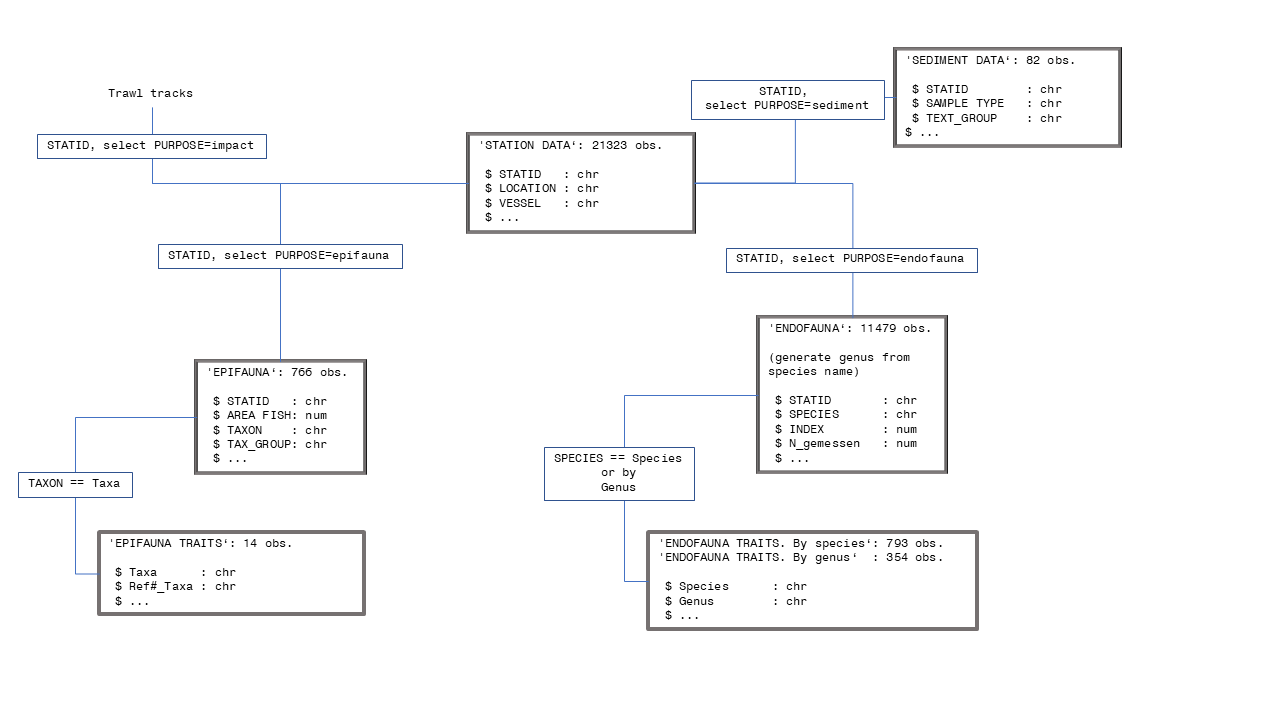
Thünen-Contact

Involved Thünen-Partners
Involved external Thünen-Partners
-
Universität Hamburg
(Hamburg, Deutschland)
Funding Body
-
Bundesland Schleswig-Holstein
(national, öffentlich) -
Bundesland Niedersachsen
(national, öffentlich) -
European Union (EU)
(international, öffentlich)
Duration
8.2018 - 12.2022
More Information
Project status:
finished

![[Translate to English:] [Translate to English:]](/media/_processed_/7/1/csm_IMG_7977_large_1defaf5de1.jpg)

